Home>Gardening & Outdoor>Landscaping Ideas>How Long To Wait To Plant Grass Seed After Crabgrass Preventer
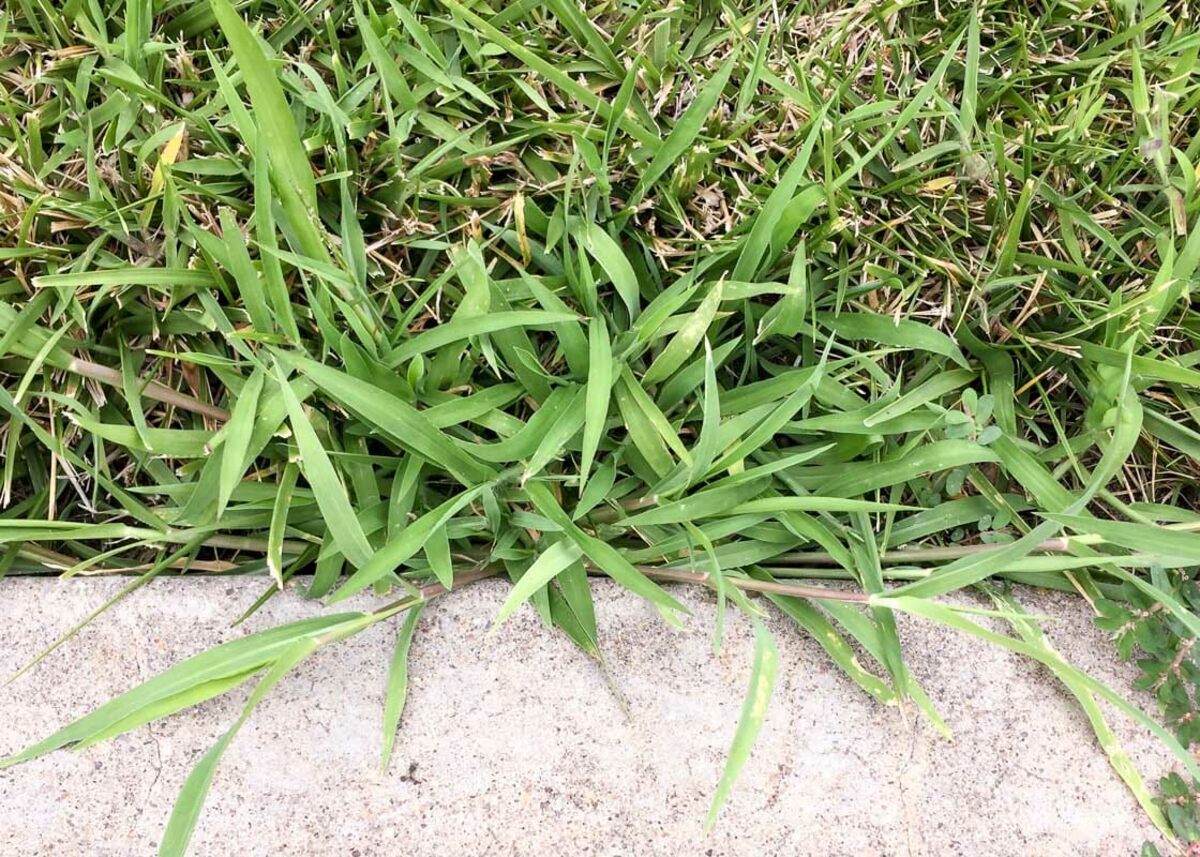

Landscaping Ideas
How Long To Wait To Plant Grass Seed After Crabgrass Preventer
Modified: March 6, 2024
Find out the ideal waiting period before planting grass seed after applying crabgrass preventer. Get expert landscaping ideas for a lush, healthy lawn.
(Many of the links in this article redirect to a specific reviewed product. Your purchase of these products through affiliate links helps to generate commission for Storables.com, at no extra cost. Learn more)
Introduction
Landscaping enthusiasts and homeowners alike understand the importance of maintaining a lush, healthy lawn. However, achieving this goal often involves navigating the complexities of lawn care products and their potential interactions. One common concern arises when homeowners wonder how long they should wait to plant grass seed after applying crabgrass preventer. This question is crucial for those aiming to address crabgrass while also nurturing their existing grass or introducing new grass seed to their lawn.
In this comprehensive guide, we will delve into the intricacies of crabgrass preventer and its impact on planting grass seed. By understanding the dynamics at play, you can make informed decisions that promote the health and vibrancy of your lawn. Let's explore the relationship between crabgrass preventer and grass seed planting, shedding light on the optimal approach to achieve a thriving, weed-free lawn.
Key Takeaways:
- Wait 60-90 days after using crabgrass preventer before planting grass seed. Patience is key for successful grass growth and a lush, weed-free lawn.
- Consider spot treatment, temporary containment, or delayed seeding as alternative options for planting grass seed after applying crabgrass preventer. Adapt and thrive!
Understanding Crabgrass Preventer
Crabgrass preventer, also known as pre-emergent herbicide, is a vital tool in the battle against invasive crabgrass. This persistent weed can quickly overrun a lawn, outcompeting desirable grass species and detracting from the overall aesthetic appeal of the landscape. Crabgrass preventer works by creating a barrier in the soil that inhibits the germination of crabgrass seeds, effectively thwarting its growth before it can take hold.
Commonly formulated with active ingredients such as dithiopyr, prodiamine, or pendimethalin, crabgrass preventer is typically applied in the early spring to coincide with the germination period of crabgrass seeds. By strategically timing the application, homeowners can proactively combat the emergence of this troublesome weed, safeguarding the health and beauty of their lawns.
It is important to note that while crabgrass preventer is highly effective in curbing the spread of crabgrass, it can also create a temporary barrier that affects the germination and establishment of desirable grass seed. Understanding this dynamic is crucial for homeowners seeking to introduce new grass seed or nurture existing grass in their lawns.
Effect of Crabgrass Preventer on Grass Seed
The application of crabgrass preventer can have implications for the successful germination and growth of grass seed. As a pre-emergent herbicide, crabgrass preventer forms a protective barrier in the soil, impeding the germination of any seeds attempting to take root. While this function is instrumental in preventing the emergence of crabgrass, it also poses a challenge for the establishment of new grass seed.
When grass seed is sown in soil treated with crabgrass preventer, the barrier created by the herbicide can hinder the germination and subsequent growth of the grass seed. This is a critical consideration for homeowners aiming to rejuvenate their lawns or overseed bare patches, as the presence of crabgrass preventer can significantly impede the success of these efforts.
It is essential to recognize that the impact of crabgrass preventer on grass seed can vary depending on factors such as the specific formulation of the herbicide, the timing of its application, and the type of grass seed being planted. Different herbicide formulations may exhibit varying degrees of persistence in the soil, affecting the duration of their inhibitory effects on grass seed germination.
Furthermore, the timing of crabgrass preventer application in relation to the planting of grass seed is a crucial factor. Applying crabgrass preventer too close to the seeding of grass can impede germination, resulting in suboptimal establishment and potential patchy growth. Understanding the interplay between crabgrass preventer and grass seed is pivotal for homeowners seeking to revitalize their lawns without compromising the efficacy of either the herbicide or the grass seed.
Wait at least 12 weeks after applying crabgrass preventer before planting grass seed. This allows the preventer to break down and won’t hinder the germination of the new grass seed.
Waiting Period Before Planting Grass Seed
After applying crabgrass preventer, homeowners often wonder about the recommended waiting period before planting grass seed. This waiting period is crucial for ensuring that the herbicidal barrier created by the crabgrass preventer has sufficiently dissipated, allowing for optimal conditions for grass seed germination and establishment.
The waiting period before planting grass seed after applying crabgrass preventer typically ranges from 60 to 90 days. This timeframe accounts for the gradual breakdown of the herbicide in the soil, ensuring that its inhibitory effects on grass seed germination have dissipated. It is important to consult the specific product label or manufacturer’s guidelines for precise waiting period recommendations, as different formulations of crabgrass preventer may exhibit varying persistence in the soil.
During this waiting period, it is advisable to refrain from seeding grass in the treated areas to avoid potential interference with the germination process. While it may be tempting to expedite the lawn rejuvenation process, patience is paramount to achieve successful grass seed establishment and promote a healthy, vibrant lawn.
Additionally, it is essential to consider the environmental factors that can influence the duration of the waiting period. Factors such as soil composition, temperature, and moisture levels can impact the breakdown of the herbicide and, consequently, the readiness of the soil for grass seed planting. By monitoring these environmental variables and adhering to the recommended waiting period, homeowners can optimize the conditions for successful grass seed germination and growth.
Ultimately, the waiting period before planting grass seed after applying crabgrass preventer serves as a strategic interval to ensure that the herbicidal barrier has dissipated, paving the way for the unhindered establishment of new grass seed. By respecting this waiting period and attending to the environmental considerations, homeowners can set the stage for a flourishing, weed-free lawn.
Alternative Options for Planting Grass Seed
Given the waiting period required after applying crabgrass preventer, homeowners may explore alternative options for introducing grass seed to their lawns without compromising the efficacy of the herbicide or the germination of the grass seed. Understanding these alternative approaches can empower homeowners to proactively address their lawn care needs while navigating the constraints imposed by the presence of crabgrass preventer.
1. Spot Treatment: Rather than overseeding the entire lawn, homeowners can opt for spot treatment by focusing on specific areas that require grass seed establishment. By identifying and targeting bare or patchy areas, homeowners can minimize the extent of grass seed planting in the treated soil, thus reducing the potential impact of the crabgrass preventer on the overall seeding process.
2. Temporary Containment: Creating temporary containment or barriers within the lawn can provide a segregated environment for planting grass seed without exposing it to the inhibitory effects of the crabgrass preventer. This can be achieved through the use of raised beds, containers, or designated planting areas that are free from the herbicidal influence, allowing for successful grass seed germination and establishment.
3. Delayed Seeding: If the application of crabgrass preventer coincides with the optimal timing for grass seed planting, homeowners can opt to delay the seeding process until the waiting period has elapsed. While this approach requires patience, it ensures that the grass seed is introduced under favorable conditions, maximizing the likelihood of successful germination and robust growth.
4. Amending Treated Soil: Prior to planting grass seed, homeowners can consider amending the treated soil to mitigate the inhibitory effects of the crabgrass preventer. This may involve aerating the soil, incorporating organic matter, or utilizing soil conditioners to improve the soil’s receptivity to grass seed germination, thereby counteracting the residual impact of the herbicide.
5. Consultation with Professionals: Seeking guidance from landscaping professionals or local agricultural extension services can provide invaluable insights into navigating the challenges posed by crabgrass preventer while pursuing effective grass seed planting. These experts can offer tailored recommendations and strategies based on the specific herbicide formulation, soil conditions, and grass seed preferences, empowering homeowners to make informed decisions.
By exploring these alternative options, homeowners can adapt their approach to grass seed planting in the presence of crabgrass preventer, fostering a proactive and resourceful approach to lawn care that balances the need for weed control with the aspiration for a thriving, verdant lawn.
Conclusion
In the realm of lawn care, the interplay between crabgrass preventer and grass seed planting represents a pivotal consideration for homeowners striving to maintain a healthy and aesthetically pleasing lawn. By gaining a comprehensive understanding of the dynamics at play, homeowners can navigate the challenges posed by crabgrass preventer while pursuing effective strategies for grass seed establishment.
Crabgrass preventer, as a pre-emergent herbicide, serves as a potent tool in combatting the encroachment of invasive crabgrass, safeguarding the integrity of the lawn. However, its inhibitory effects on grass seed germination necessitate a strategic approach to ensure successful seeding and robust grass growth.
The waiting period before planting grass seed after applying crabgrass preventer underscores the need for patience and foresight in lawn care endeavors. By respecting this waiting period and exploring alternative options such as spot treatment, temporary containment, delayed seeding, soil amendment, and professional consultation, homeowners can adapt their approach to grass seed planting, mitigating the impact of the herbicide and promoting successful grass establishment.
Ultimately, the harmonious coexistence of crabgrass preventer and grass seed planting hinges on informed decision-making, environmental awareness, and a proactive mindset. By embracing these principles, homeowners can cultivate a vibrant, weed-free lawn that serves as a testament to their dedication to exemplary lawn care practices.
In conclusion, the relationship between crabgrass preventer and grass seed planting embodies a delicate balance that underscores the artistry and science of lawn care. By leveraging knowledge, patience, and resourcefulness, homeowners can navigate this dynamic landscape, nurturing a thriving lawn that stands as a testament to their commitment to excellence in lawn maintenance.
Frequently Asked Questions about How Long To Wait To Plant Grass Seed After Crabgrass Preventer
Was this page helpful?
At Storables.com, we guarantee accurate and reliable information. Our content, validated by Expert Board Contributors, is crafted following stringent Editorial Policies. We're committed to providing you with well-researched, expert-backed insights for all your informational needs.
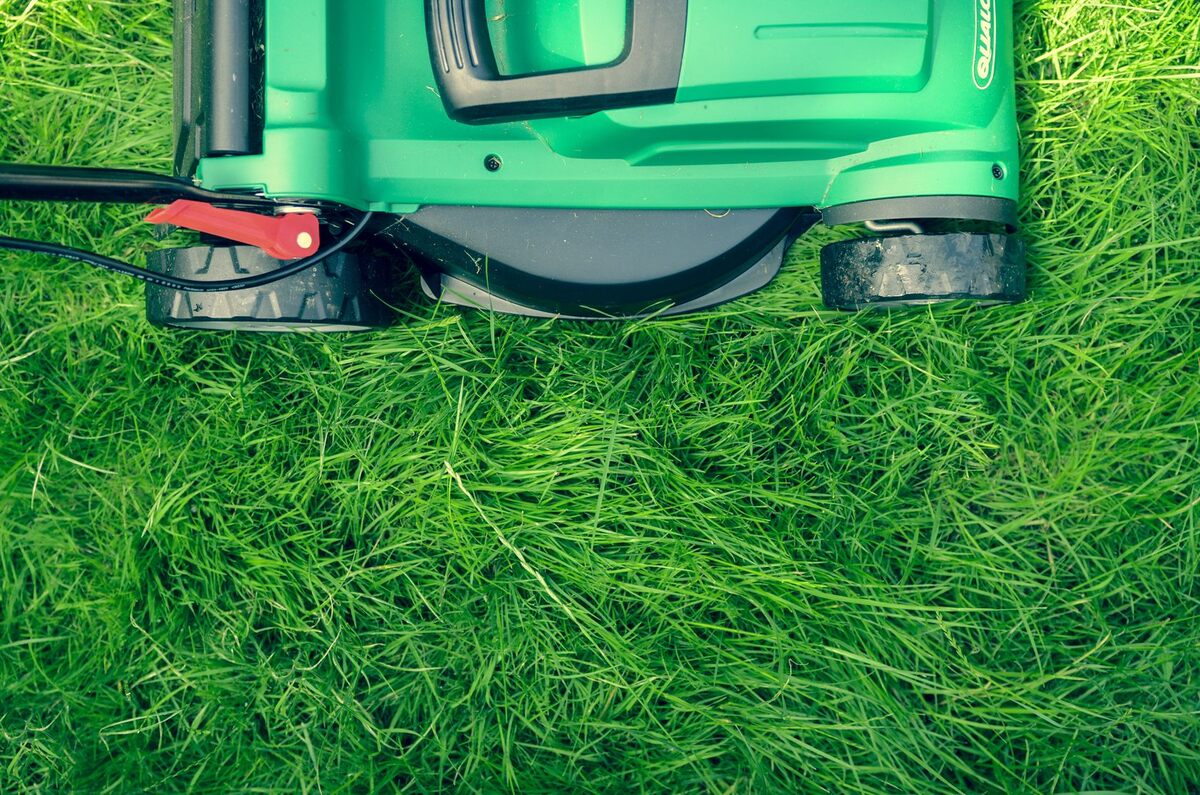
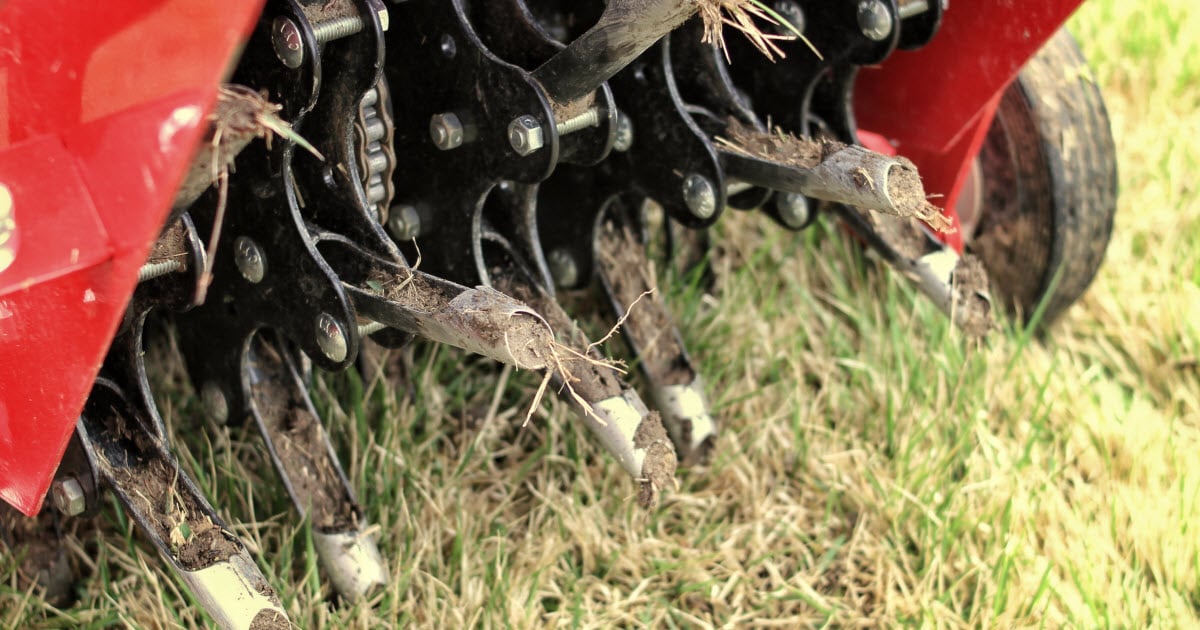
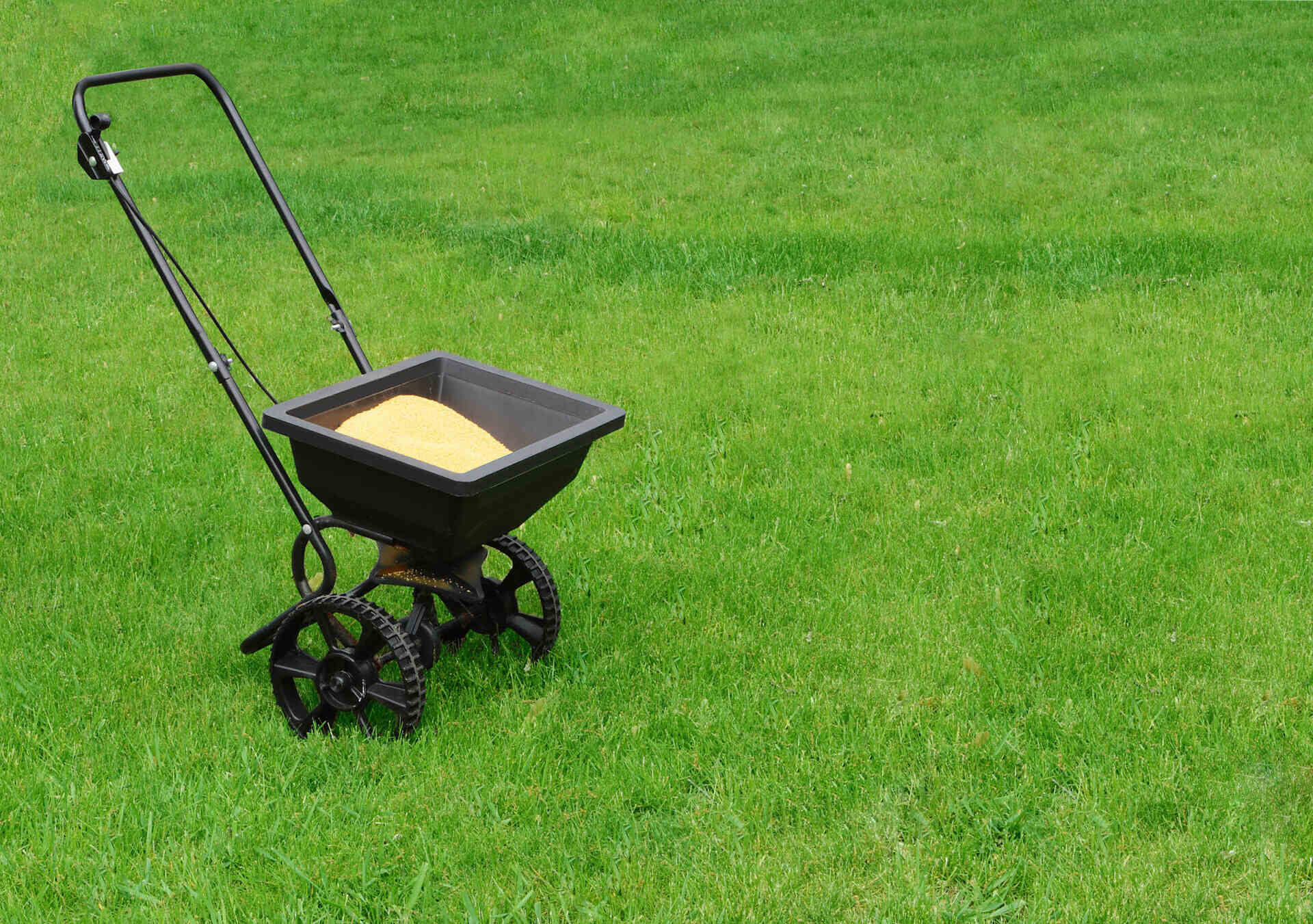
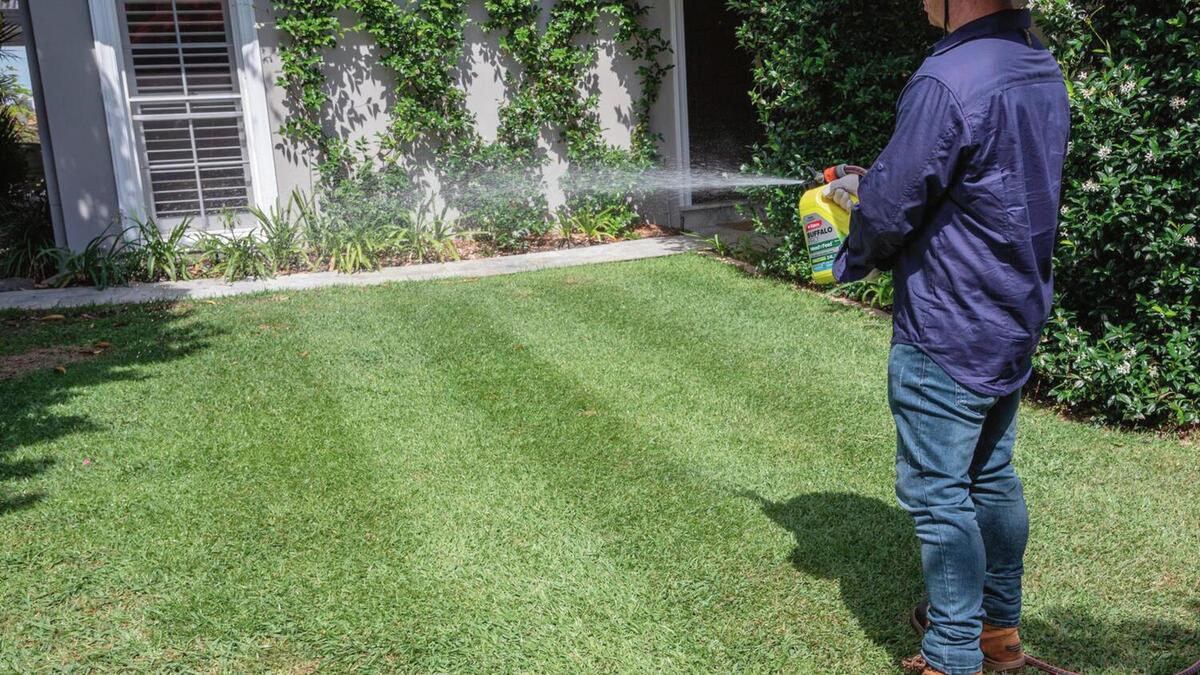
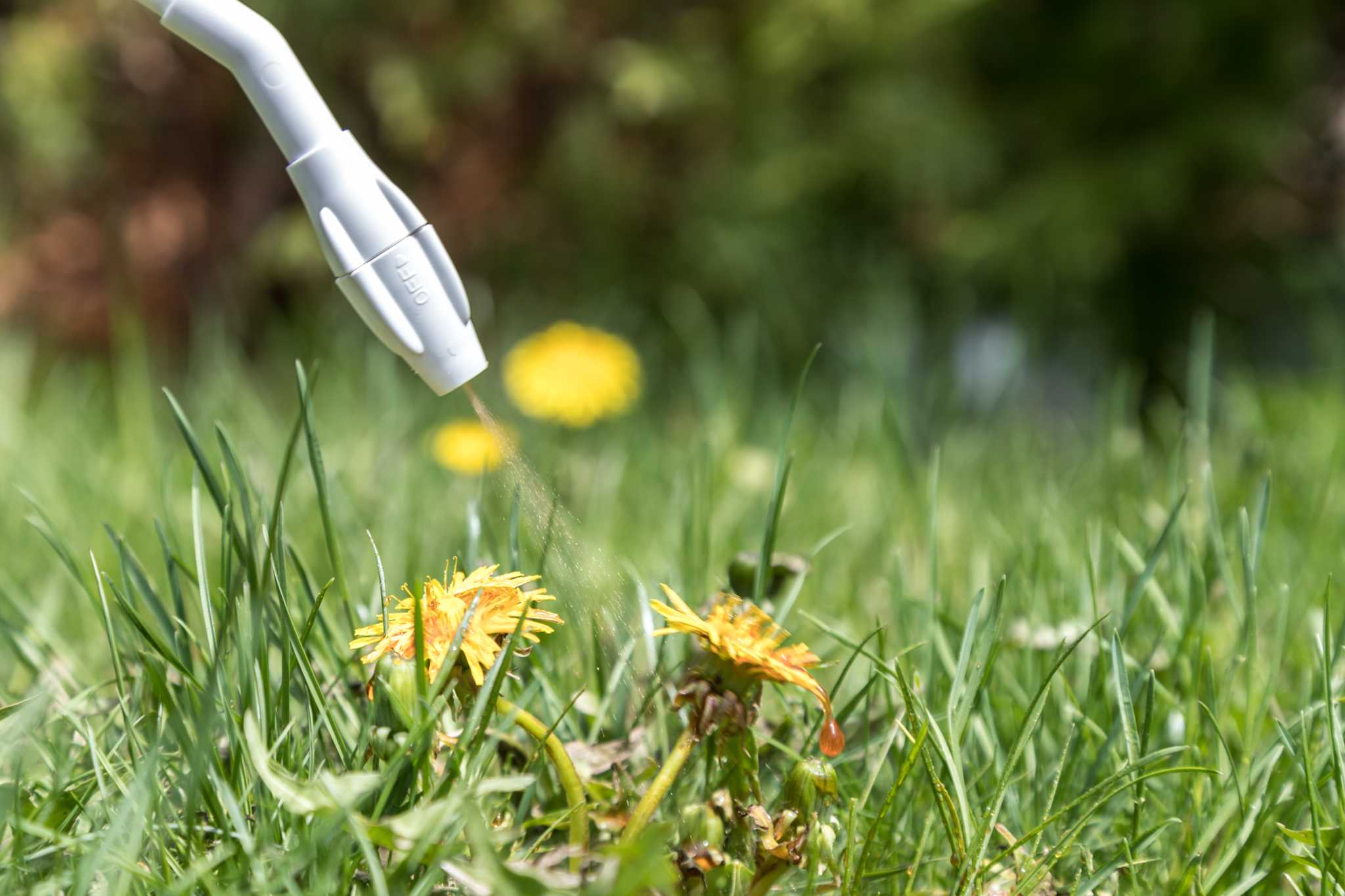
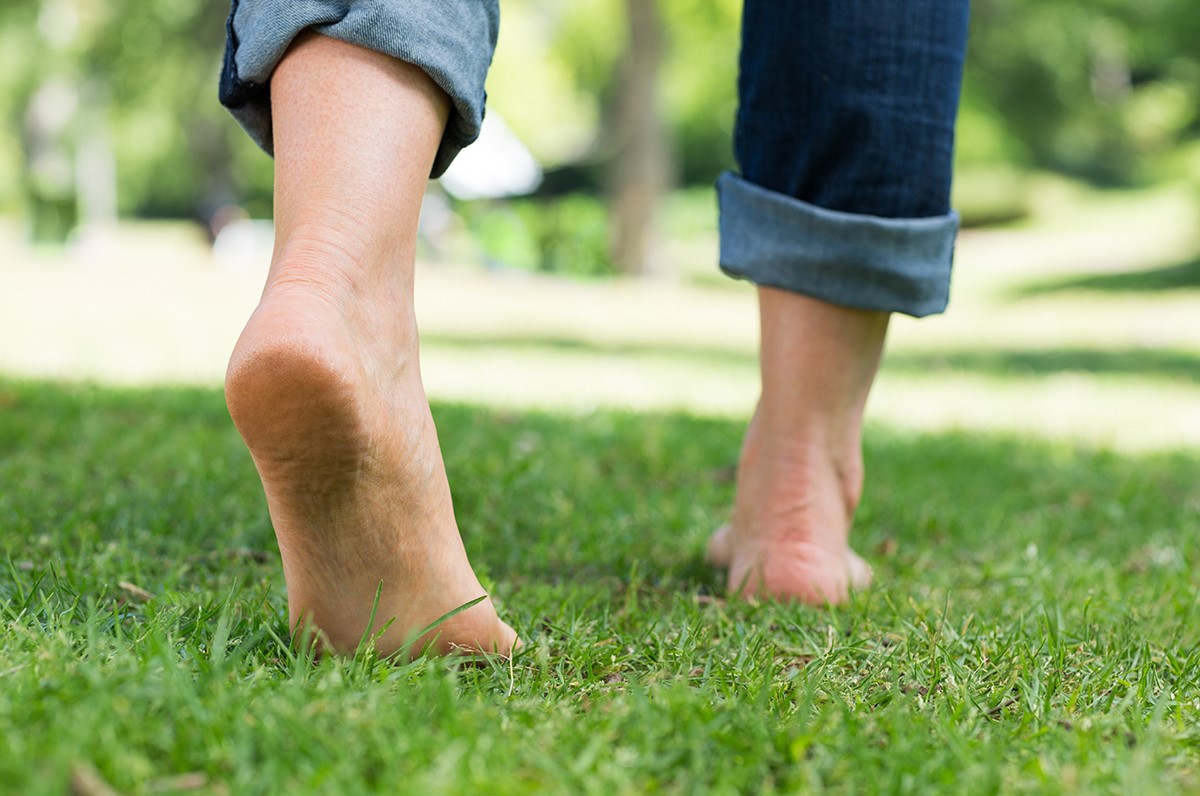
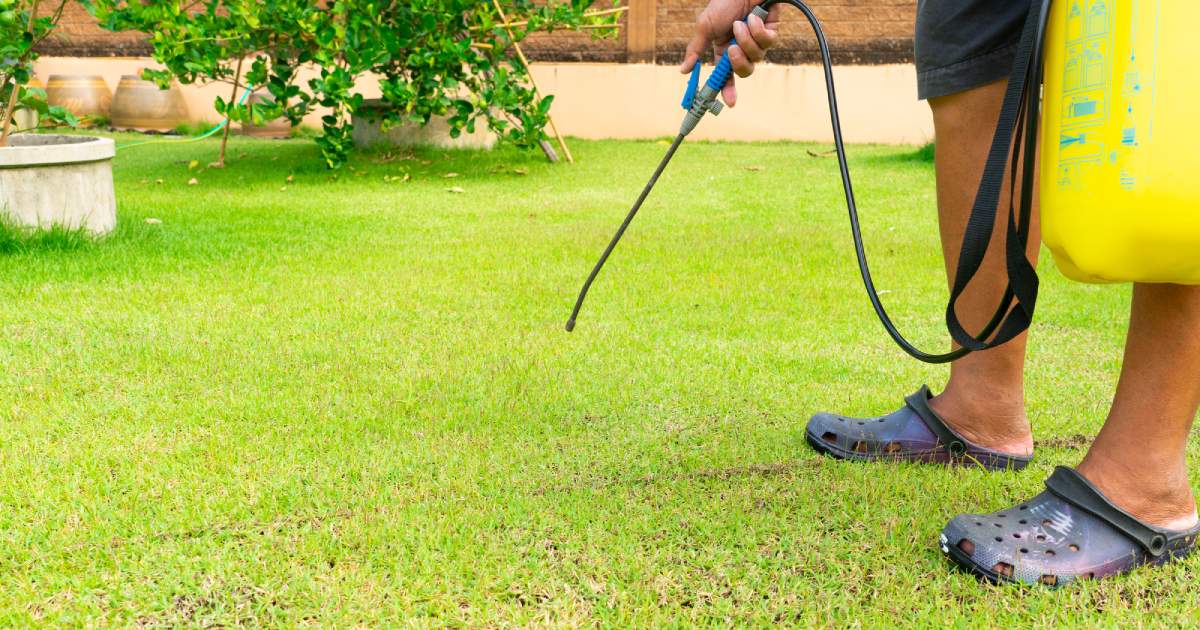

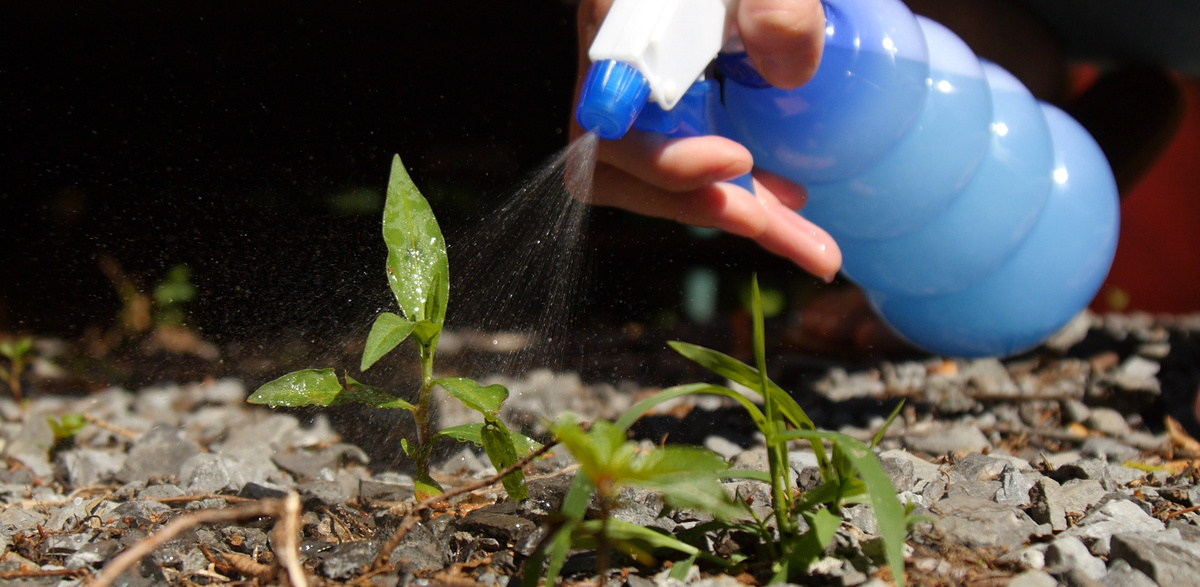
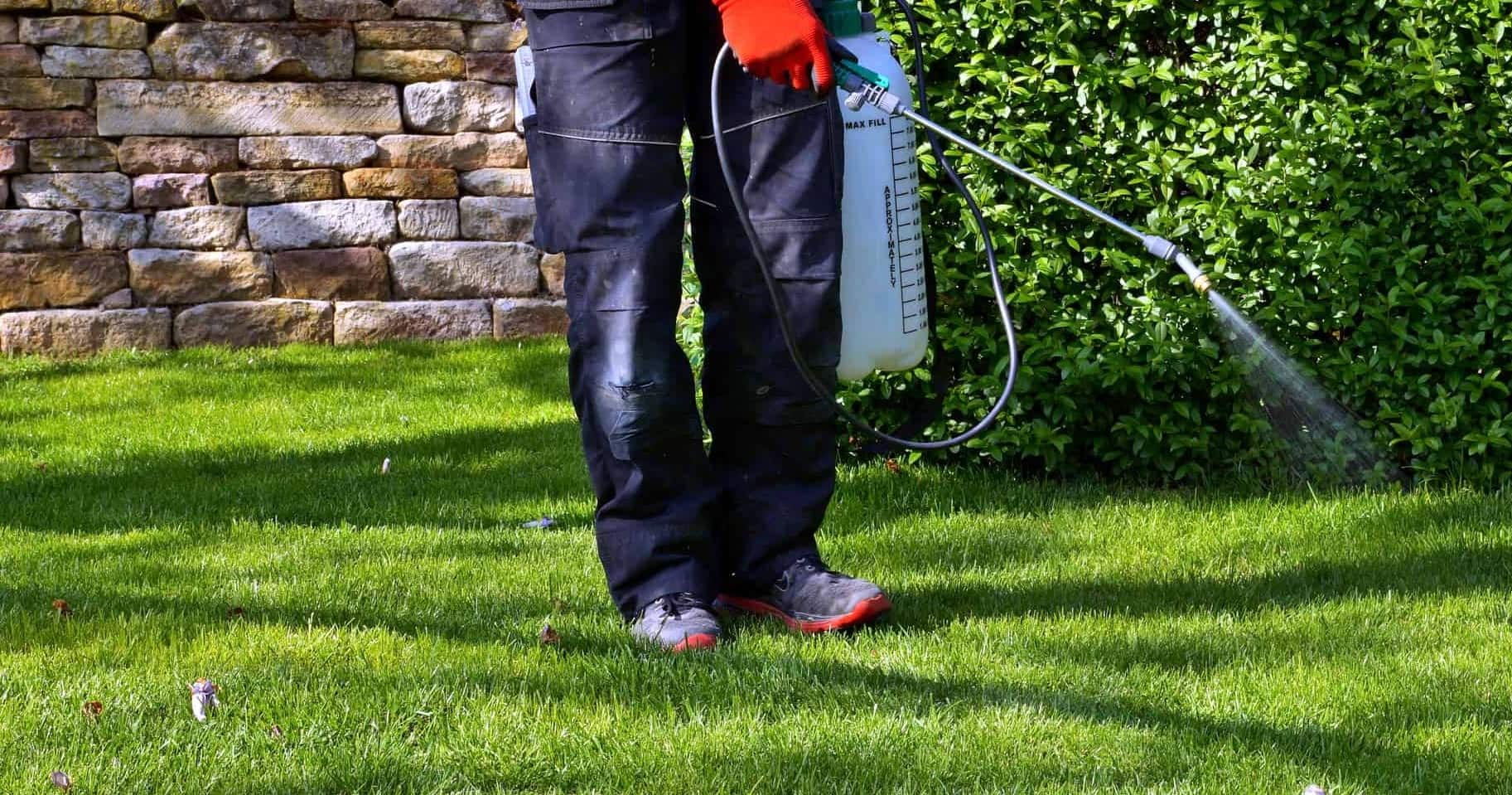
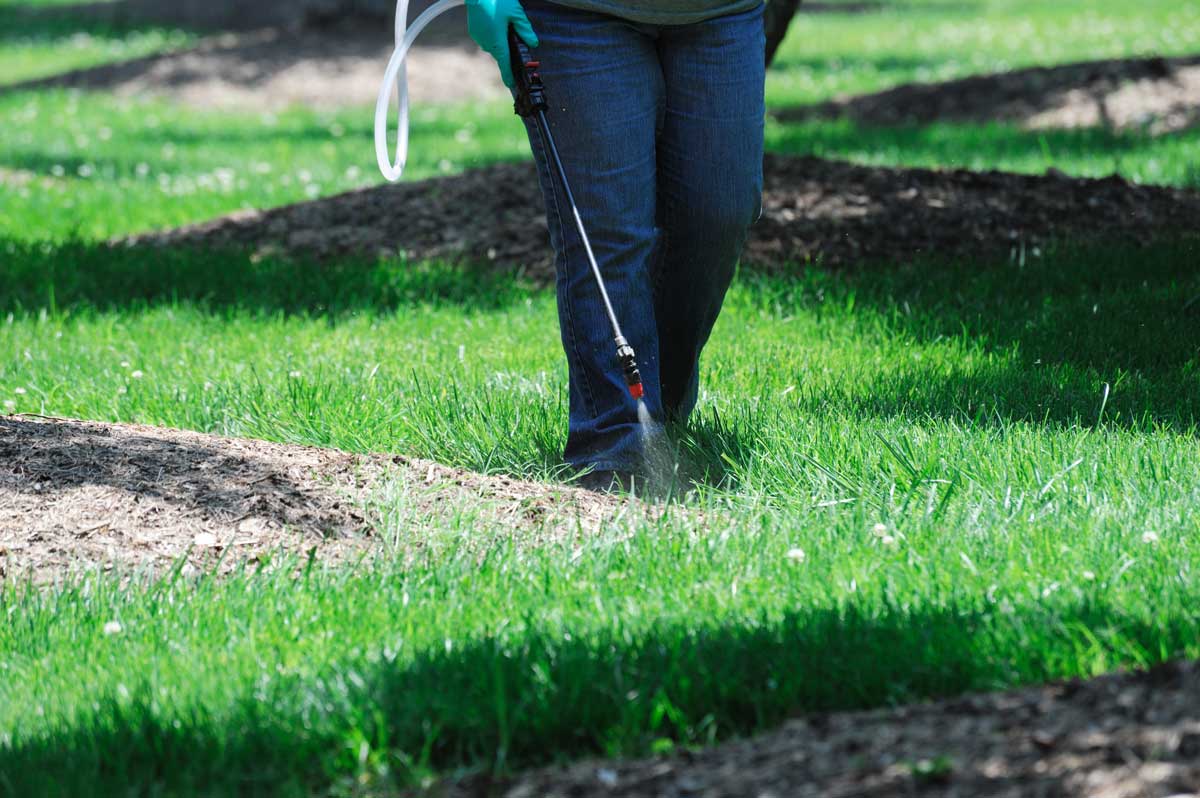
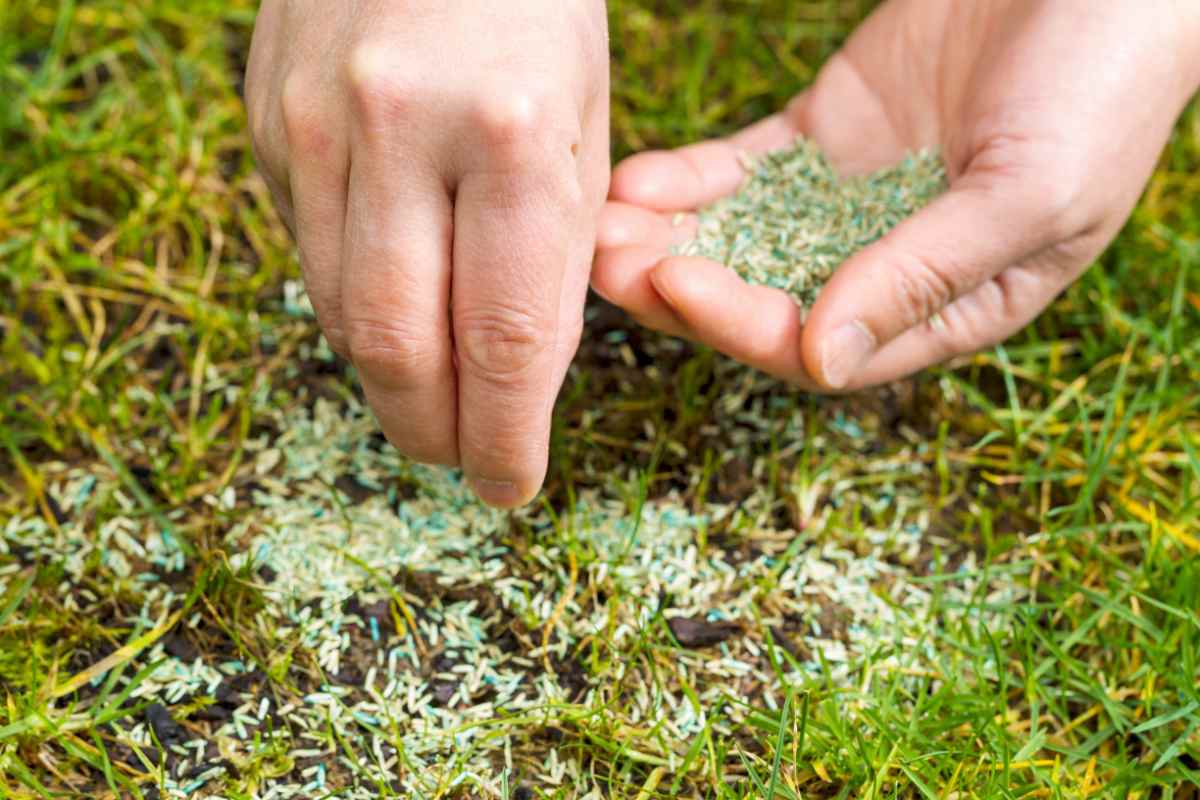
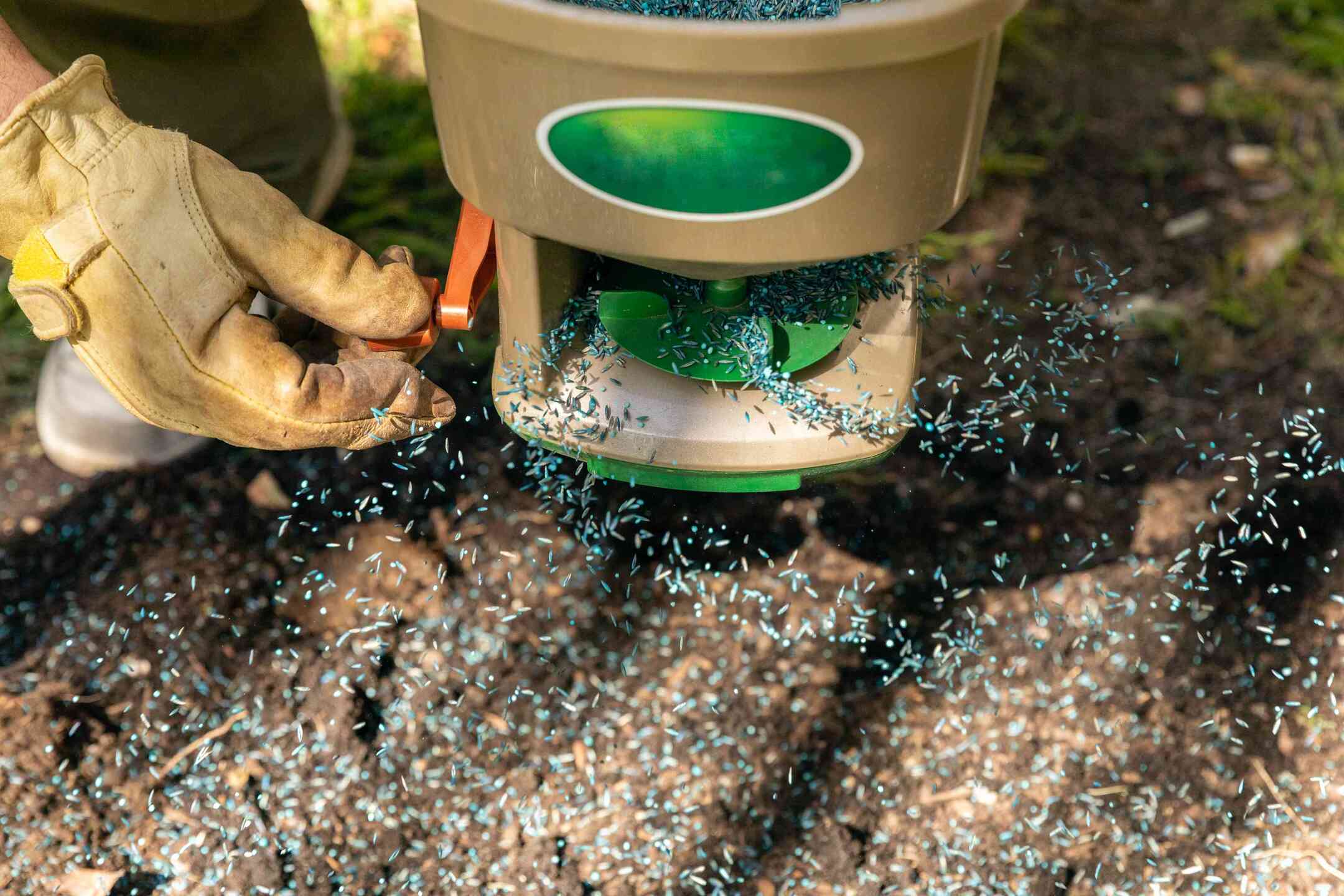
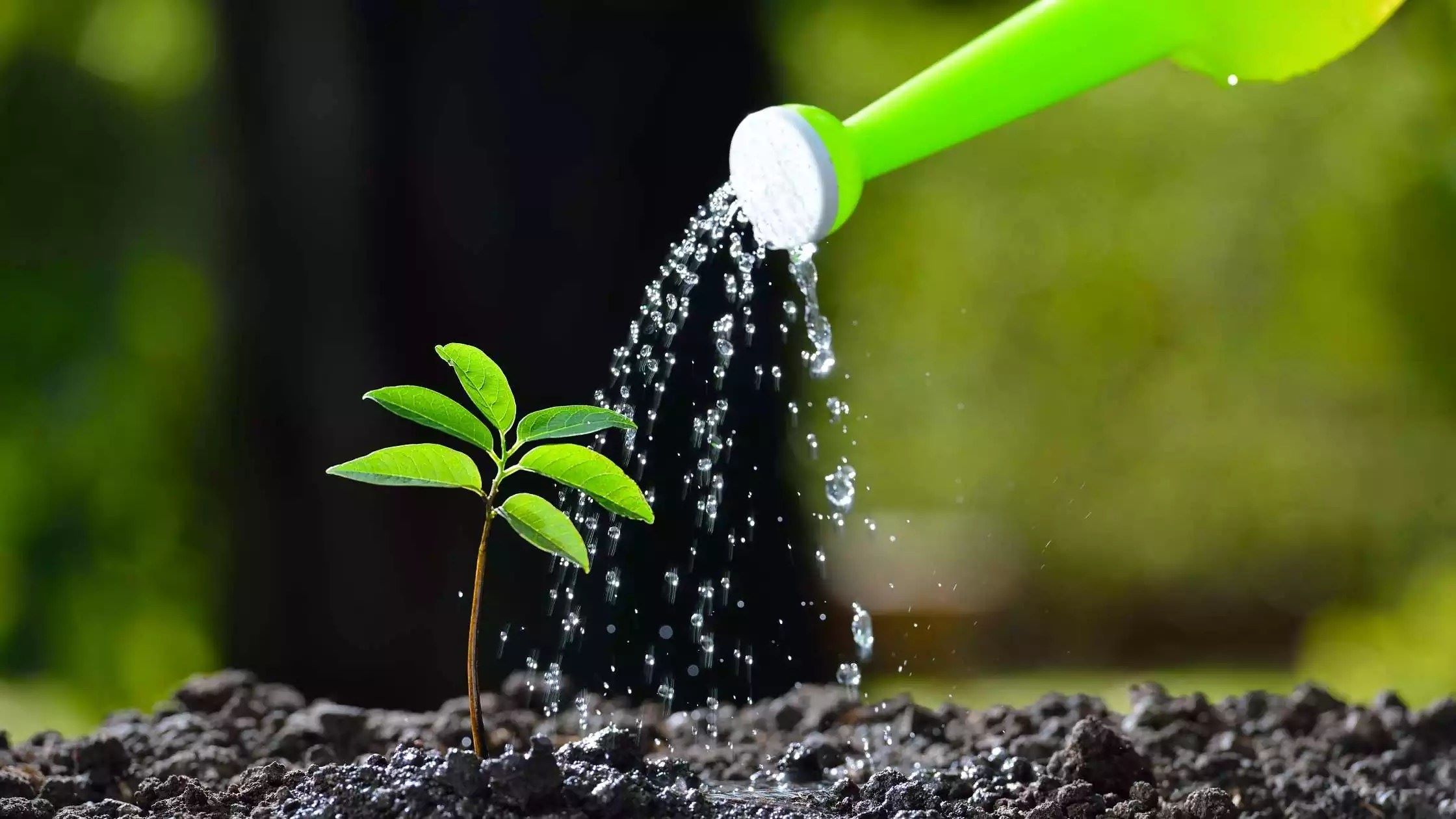

0 thoughts on “How Long To Wait To Plant Grass Seed After Crabgrass Preventer”